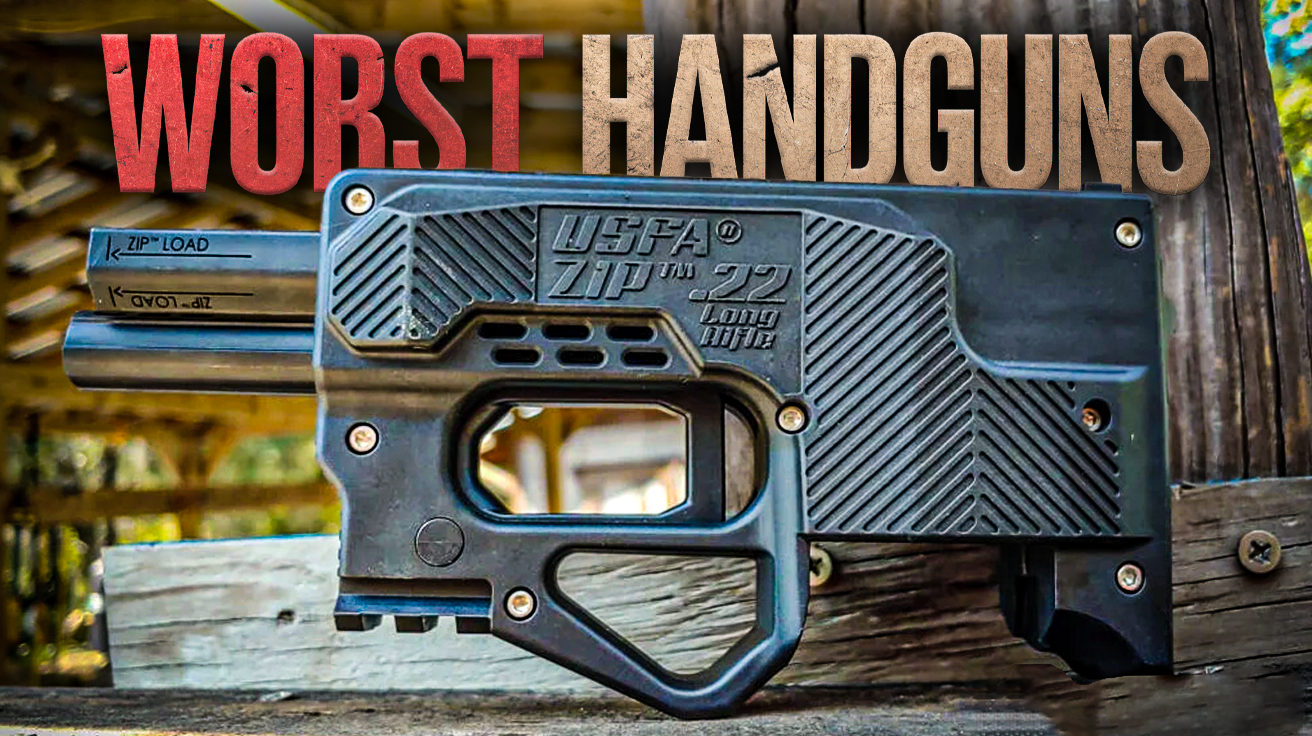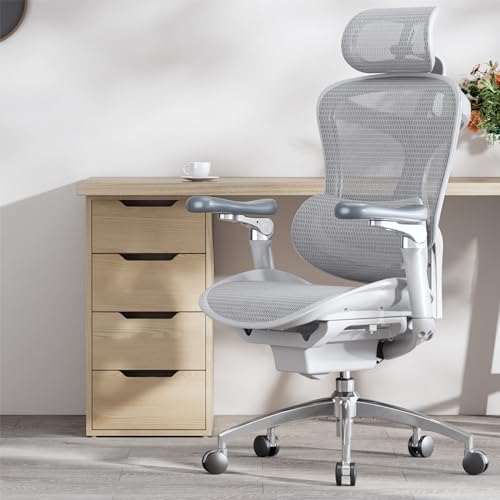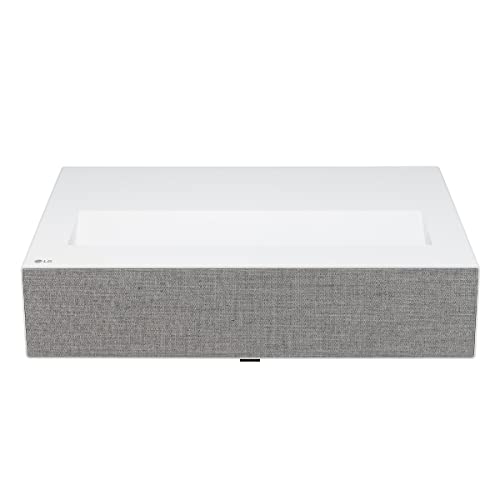Every gun owner knows the weight of responsibility that comes with carrying. Your choice of firearm shapes not just your safety, but your legal standing and tactical readiness. In 2023, over 45% of concealed carriers reported switching their everyday carry due to practical challenges. This guide cuts through the noise to spotlight specific firearms that create more problems than solutions for daily carry – from oversized hand cannons to finicky historical pieces. We’ll explore real-world examples, expert insights, and hard data to help you make smarter carrying choices and avoid costly mistakes.
10. USFA Zip 22

The Beretta Model 1923 might look interesting from a collector’s standpoint, but it has some real-world issues. The gun uses the weaker 9mm Glisenti round, which just doesn’t deliver the stopping power modern carriers need. When you’re shooting it, you’ll notice the grip is uncomfortably short, making follow-up shots a real challenge. Add in a safety lever that gets in the way of your sight picture, and you’ve got a gun that’s more suited to a display case than a holster.
9. Type 68 Handgun

The Type 68 Handgun tells an interesting story about what happens when manufacturing standards aren’t quite there. If you pick one up, you’ll immediately notice the loose tolerances – parts just don’t fit together like they should. Loading up defensive ammo often leads to extraction problems, and finding replacement parts? Good luck with that. Most gunsmiths won’t even touch these due to the safety concerns.
8. The Darby 1500
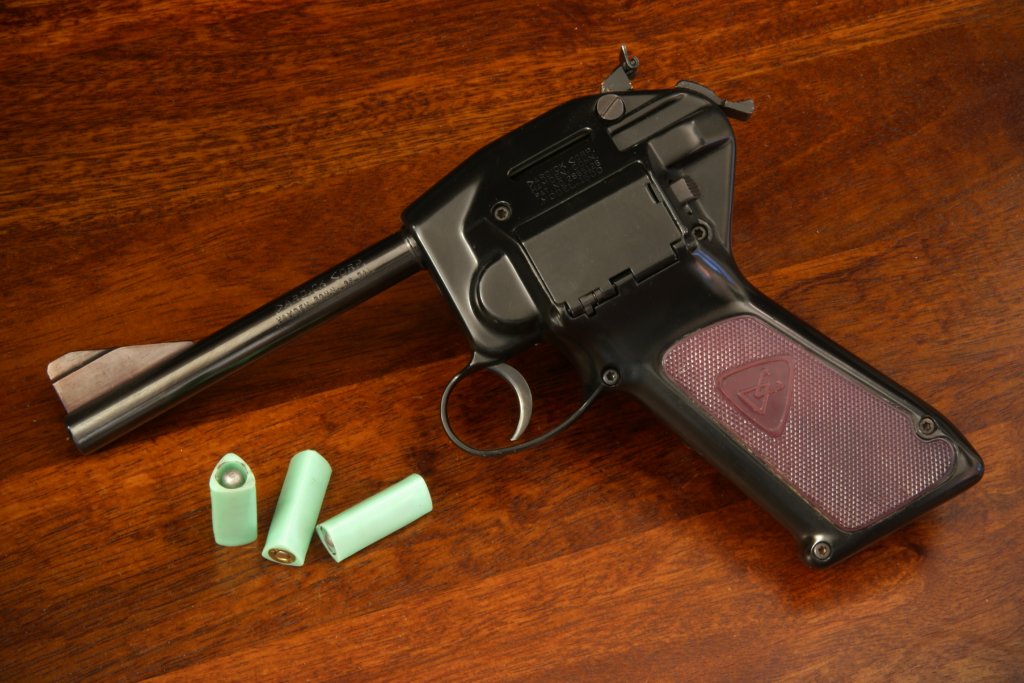
Looking at the Darby 1500, we’re seeing what happens when manufacturers try to cut too many corners. The zinc alloy frame might keep costs down, but it develops hairline cracks faster than you can break in a new holster. After just a few range sessions, owners typically notice the slide starting to wobble and critical parts wearing much faster than they should.
7. Clerke 1st
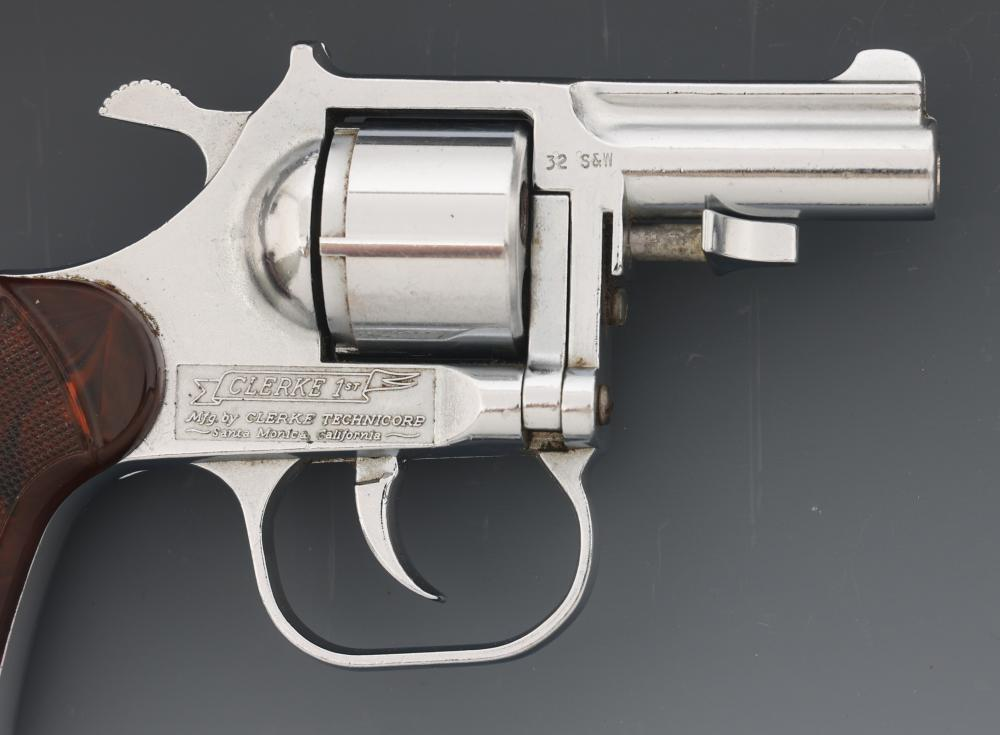
The Clerke 1st revolver is living proof that being budget-friendly can often compromise reliability. The timing issues show up pretty quickly – you’ll notice the cylinder doesn’t quite line up with the barrel like it should. Most concerningly for carriers, the trigger pull can vary dramatically from shot to shot, making consistent accuracy almost impossible.
6. Bryco 380
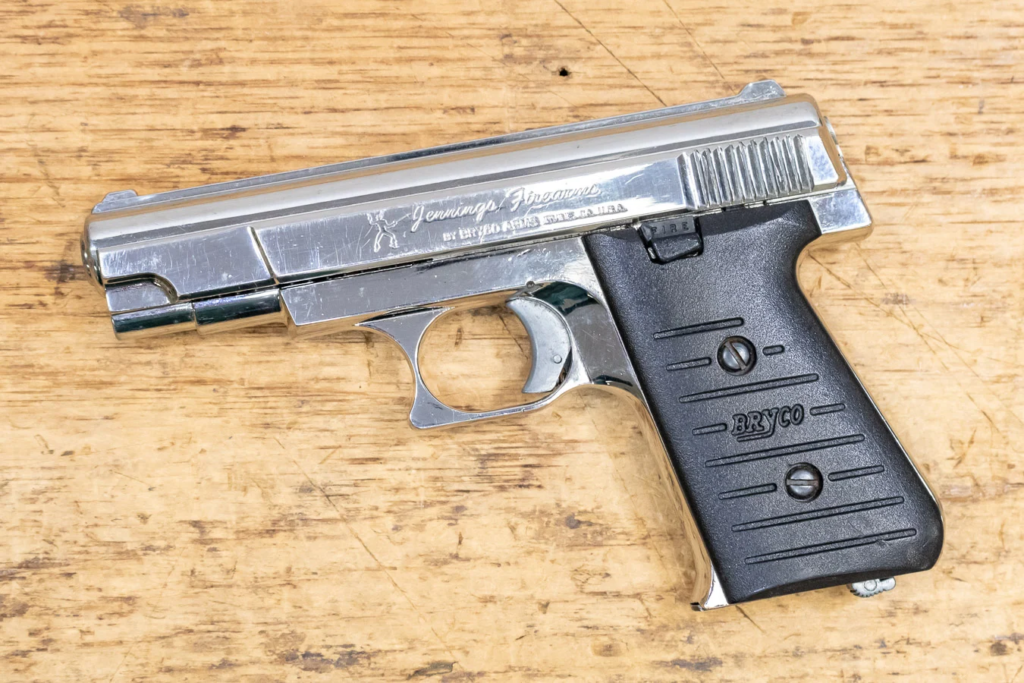
With the Bryco 380, we see similar cost-cutting issues. The zinc alloy and mild steel parts wear down so quickly that even regular practice becomes a problem. Feeding issues crop up constantly, especially with hollow points – exactly the kind of ammo you’d want for self-defense. The sights are basic at best, and the frame rails tend to give out long before their time.
5. Tec-22

The Tec-22 takes everything wrong with budget .22 pistols and makes it worse through poor engineering and cheap construction. This oversized 11-inch handgun, built with flimsy stamped sheet metal, can’t reliably complete basic functions like feeding or ejecting rounds without jamming. Its crude design includes a top cover that regularly pops open during firing, a magazine well that’s often out of spec from the factory, and a harsh stamped steel trigger that punishes your finger with every shot. Early models were even recalled for spontaneously converting to full-auto fire. While some might find it entertaining as a range novelty, the Tec-22’s combination of terrible reliability, sloppy construction, and awkward handling makes it useless for any serious purpose – whether that’s target shooting, plinking, or self-defense.
4. Rohm RG10 Revolver

The Rohm RG10 revolver is a textbook example of a “Saturday Night Special” that endangers its user more than any potential threat. This .22 Short caliber handgun, built from brittle pot metal with a pressed-in barrel, suffers from critical design flaws that make it actively dangerous to shoot. The cylinder timing deteriorates rapidly with use, causing lead shaving and potential injury when rounds keyhole through misalignment. Even if it worked properly, the foot-wide groups at just 10 yards, combined with a gritty trigger and crude sights, make accurate shooting nearly impossible. Add in the loose pins, cracking frame, flaking finish, and frequent mechanical failures, and you’ve got a revolver that’s more likely to fall apart in your hands than provide reliable self-defense.
3. USFA Zip 22
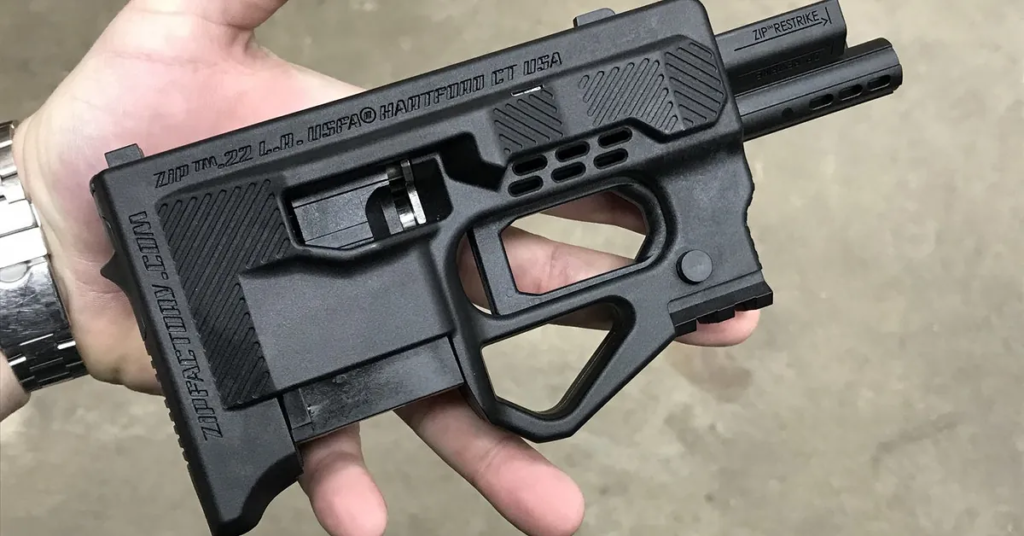
The USFA Zip 22 showcases some innovative thinking that unfortunately didn’t pan out in practice. The unusual design requires you to put your hands way too close to the muzzle for comfort, and the feeding system seems to jam more often than it works properly. Reliability issues spelled the end not just for the Zip 22, but for USFA itself, as the company failed to produce any products that helped it dig out of the hole the gun put them in to begin with.
2. Intratec Tec 9

The Tec-9’s notorious reputation stems from fundamental design flaws that make it dangerous and impractical for personal defense. Its bulky frame and poor balance create a weapon that’s both hard to conceal and difficult to control, with a heavy bolt that causes excessive muzzle rise during firing. The gun’s chronic reliability issues mean it frequently jams after just a few rounds, and its awkward safety mechanism, which doubles as the bolt handle, can’t be operated while maintaining a proper grip. Add in the subpar sights, rough trigger, and tendency to malfunction without high-powered ammo, and you’ve got a recreational range toy masquerading as a defensive weapon.
1. Lorcin L9
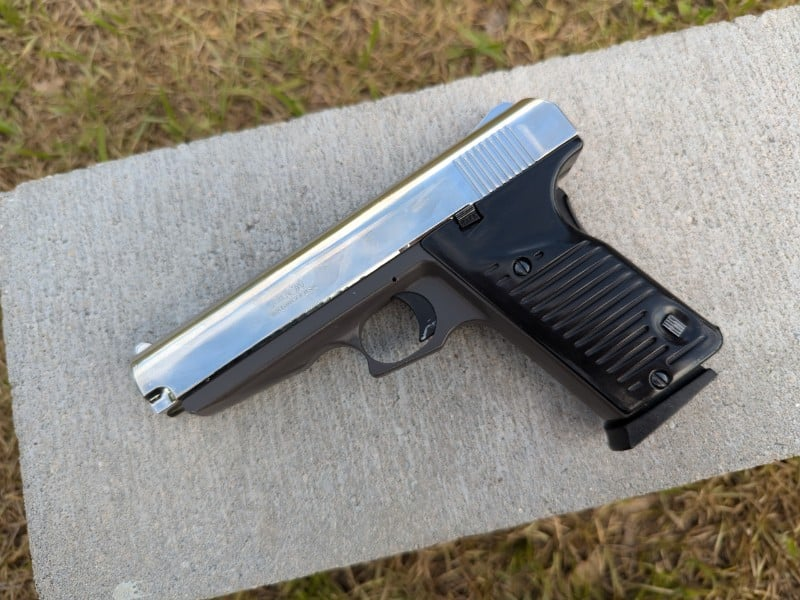
The Lorcin L9 is a prime example of why “you get what you pay for” matters when choosing a defensive firearm. Despite its budget-friendly $100 price tag, this handgun’s fundamental flaws make it not just unreliable but potentially dangerous for self-defense. Built from cheap pot metal that rusts easily, the L9 suffers from constant extraction failures, broken safety mechanisms, and requires hundreds of rounds just to achieve basic functionality. Its accuracy is so poor that shots spread like buckshot at close range, and the oversized 31.7-ounce frame makes it both awkward to carry and difficult to holster. It’s no surprise that reliability issues and defect lawsuits eventually forced Lorcin out of business – their L9 represents everything that can go wrong when corners are cut on a defensive weapon.

